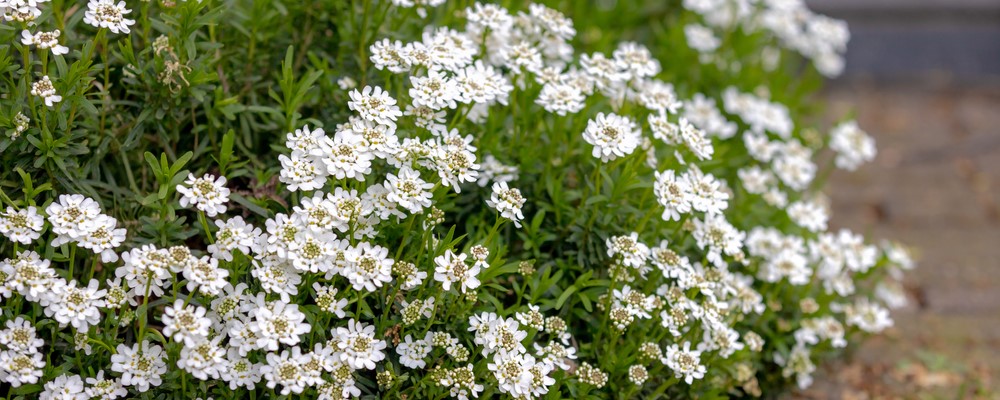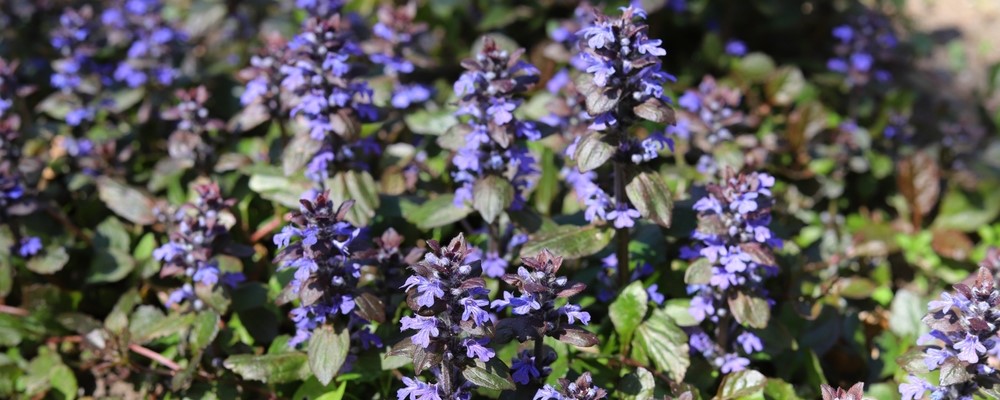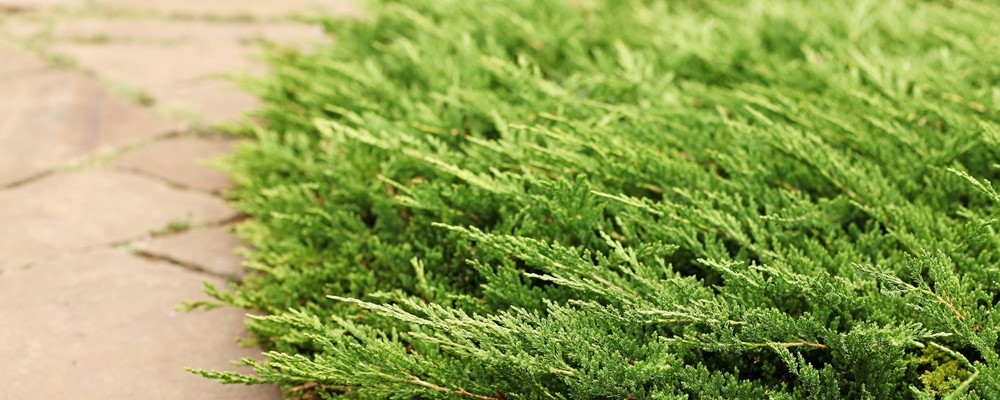Ground cover plants: The key to a low-maintenance and beautiful garden
Ground cover plants are a popular choice in gardens for both hobbyists and professional gardeners. These plants create a green carpet that is not only aesthetically pleasing but also offers numerous practical benefits. In this article, we will discuss the many advantages of ground cover plants, including their role in weed control, their hardiness, and their robustness.
What are ground cover plants?
Ground cover plants are low-growing plants that cover the soil and spread rapidly. They are ideal for filling empty spaces in the garden, along paths, or between shrubs and trees. Ground cover plants come in various types, ranging from flowering species to evergreen varieties. Their ability to form a dense, vegetative layer makes them an excellent choice for diverse gardening situations.
Winter-hardy ground cover plants: a sustainable choice
One of the biggest advantages of ground cover plants is that many varieties are winter-hardy. This means they not only survive the winter but also retain their evergreen qualities. Ground cover plants such as Iberis sempervirens (also known as candytuft) and Vinca minor (periwinkle) remain attractive even in the coldest months. This ensures that your garden maintains colour and life throughout the year, even when other plants are dormant.
Using winter-hardy ground cover plants contributes to the sustainability of your garden. Instead of having to purchase new plants each year, winter-hardy ground cover plants can last for many years, saving you costs and conserving your time and energy. Furthermore, they can adapt to various soil types and weather conditions, making them a reliable choice for any garden.

Sturdy ground cover plants: Weather-resistant and low-maintenance
Ground cover plants are often exceptionally robust and resilient to various weather conditions. Species such as Pachysandra terminalis and Ajuga reptans are known for their hardiness. They can survive in both full sun and shady spots and are resistant to drought as well as wet conditions. This makes them an excellent choice for a variety of gardening environments.
The vigorous growth of ground cover plants also helps stabilise the soil. They prevent erosion through their roots, which hold the soil together. This is particularly useful in hilly or sloped gardens. Due to these characteristics, ground cover plants require less maintenance compared to traditional plants. You won’t need to weed or till the soil constantly; the ground cover plants will take care of these tasks.

Ground cover plants for weed control: A natural solution
One of the most appreciated benefits of ground cover plants is their ability to combat weeds. Once established, ground cover plants form a dense mat that prevents weeds from getting enough space and light to grow. This natural weed management means you can spend less time weeding and maintaining, resulting in a healthier garden.
Ground cover plants are also effective in reducing the need for chemical herbicides. By using ground cover plants, you can adopt an ecological approach to gardening, which is better for the environment and biodiversity. Species such as Creeping Thyme and Creeping Juniper are not only beautiful but also contribute to a natural balance in your garden.

Improved soil quality
In addition to combating weeds, ground cover plants also help improve soil quality. The roots of these plants assist in retaining moisture and enhancing drainage, which is essential for a healthy soil structure. When the leaves of ground cover plants fall, they become a source of nourishment for the soil, increasing fertility.
Moreover, ground cover plants provide shade on the soil, which helps reduce evaporation. This means the soil remains moist, which is beneficial for the health of other plants in the vicinity. The presence of ground cover plants can lead to a much healthier and more productive ecosystem in your garden.
Aesthetic value
Ground cover plants are not only practical but also add aesthetic value to your garden. There are countless types of ground cover plants available that offer various colours and textures. From the fragrant Alyssum to the colourful Sedum, there is something for everyone.
By using different ground cover plants, you can create a beautiful and varied landscape. They can serve as a lovely contrast to other plants or as a colourful addition to a flower bed. With the right choice of ground cover plants, you can bring colour and variety to your garden throughout the entire season.
Promoting biodiversity
Utilising ground cover plants in your garden can also contribute to promoting biodiversity. Many ground cover plants attract beneficial insects, such as bees and butterflies. This is not only important for the pollination of other plants in your garden, but it also contributes to a healthy ecosystem in general.
Additionally, ground cover plants can provide shelter for small animals and insects, contributing to a balanced food chain. By choosing native ground cover plants, you can support the local flora and fauna, which is beneficial for the environment and biodiversity in your area.
Long-term cost savings
While the initial investment in ground cover plants may be higher than that of other plant types, the long-term costs are often lower. This is because ground cover plants require less maintenance and reduce the need for new plants. You save on labour costs and materials, and your garden remains attractive throughout the year with minimal effort.
Moreover, ground cover plants require less water and fertiliser, which also contributes to cost savings. This makes ground cover plants a smart choice for both the amateur gardener and the professional gardener looking for efficient and cost-effective gardening solutions.
Choosing the right ground cover plants
When selecting ground cover plants, it is important to consider the specific conditions in your garden. Think about the amount of sunlight, soil conditions, and other plants that are already in your garden. Consider combining different types of ground cover plants for optimal results.
Some popular options for ground cover plants include:
- Vinca minor: Suitable for shady areas and blooms with purple flowers.
- Ajuga reptans: Ideal for sunny spots and offers colourful flowers.
- Thymus serpyllum: A fragrant option that is attractive to bees and other pollinators.
Maintenance of ground cover plants
Although ground cover plants generally require less maintenance than other plants, a bit of care is still necessary to ensure they remain healthy. It is important to regularly check for weeds, especially in the early growth phase when the ground cover plants are still establishing.
Pruning can also be helpful to manage growth and ensure that the ground cover plants look their best. This helps maintain even spread and prevents them from crowding out other plants.
Why ground cover plants are indispensable for every garden
Ground cover plants offer numerous benefits that make them a valuable addition to any garden. Their hardiness, robustness, and ability to combat weeds are just a few reasons why they are so popular. Additionally, they improve soil quality, promote biodiversity, and provide aesthetic value.
By choosing the right ground cover plants and caring for them properly, you can create a beautiful, low-maintenance garden that remains attractive throughout the year. With the many advantages of ground cover plants, it is no wonder they have become an essential component of modern gardens.
